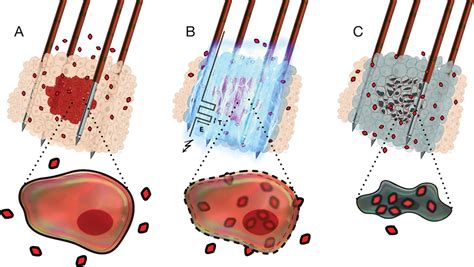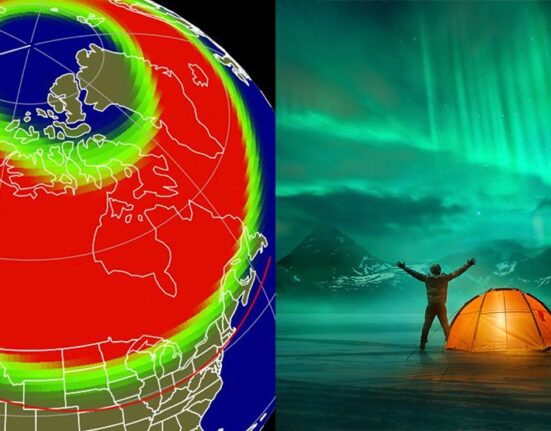Wounded skin cells have a secret language, a slow-motion dance of electric pulses that beckon to their neighbors in times of distress. It’s like a silent scream, a call for help that travels not at the speed of light but at a pace akin to watching paint dry.
Imagine this: Your skin, your body’s outer armor, is breached by injury. Beneath the surface, where eyes cannot see, a symphony of electrical signals unfolds. These signals are not the domain of nerve cells alone; they are the hidden language of skin cells communicating in whispers that can be detected hundreds of cell lengths away.
In a recent breakthrough study published in the Proceedings of the National Academy of Sciences, researchers uncovered this captivating phenomenon. The lead investigators, bioengineer Sun-Min Yu and engineering scientist Steve Granick from the University of Massachusetts Amherst, embarked on a journey into the microscopic world of human skin cells and dog kidney cells grown on electrode-lined chips.
The revelation was astounding — these ordinary epithelial cells that form our protective barriers like skin and mucous membranes possess an extraordinary ability to generate pulses of electricity. This discovery challenges long-held beliefs about how cells signal each other during times of crisis.
“Wounded skin cells scream with slow-motion electric pulses.”
For over 150 years, scientists have observed changes in electric fields across wounded skin cells. However, it was widely believed that only nerve cells had the prowess to communicate through electrical impulses. This groundbreaking research shatters that notion and opens up new avenues for understanding how our bodies orchestrate healing processes.
According to cell biologist Min Zhao from the University of California, Davis School of Medicine, these findings shed light on the intricate dance between different cell types within our bodies. While nerve cells drive rapid responses measured in milliseconds, epithelial cells take their time – one to two seconds – to broadcast their messages through these gentle waves of electricity.
“Such slow, long-lasting signaling makes sense.”
The significance lies not just in unraveling this hidden mode of communication but also in redefining our perception of wound healing. Electric fields are no longer relegated to being mere background noise amidst biochemical and mechanical signals; they emerge as crucial players orchestrating the complex symphony within our bodies during times of injury.
As Zhao aptly puts it: “We need to change that idea.” Understanding wound healing as a multifaceted process involving diverse forms of communication is essential for advancing medical treatments and therapies aimed at enhancing recovery outcomes.
These electric spikes serve as messengers guiding neighboring cells towards collective action – repairing damaged tissue and restoring integrity after injury strikes. They embody nature’s ingenious design for resilience and regeneration at its finest.
In essence, every scratch or cut becomes an opportunity for our body’s cellular community to unite in harmony towards a shared goal: restoration and renewal.
This newfound insight into how epithelial cells harness electrical activity underscores the untapped potential lying dormant within our own biology. It prompts us to delve deeper into exploring how these subtle whispers translate into orchestrated movements within three-dimensional structures or interactions with other cell types.
Unraveling this enigmatic language spoken by our very own skin opens doors to unlocking novel therapeutic interventions that leverage our body’s innate wisdom for healing itself.









Leave feedback about this